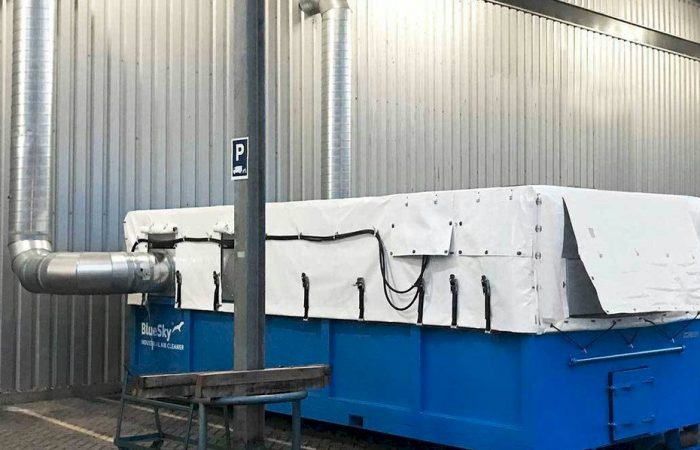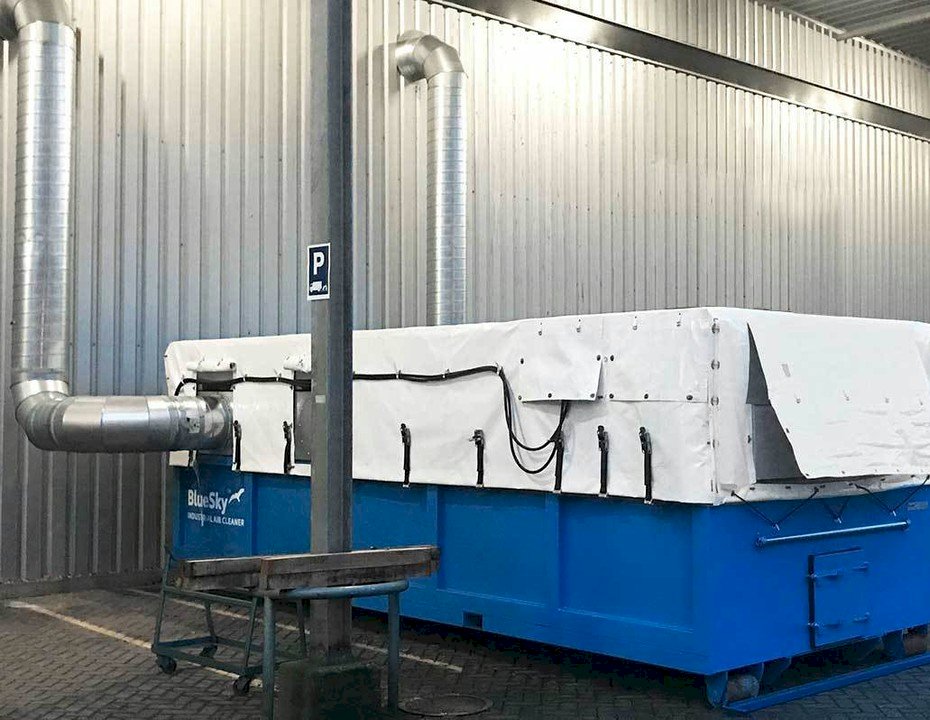Composites Manufacturing – 5 Hazardous Dusts Commonly Found
Dust is everywhere in composites manufacturing. If it’s not controlled, that dust can easily find its way into your eyes and lungs, causing irritation; into hard-to-reach areas, creating combustible dust hazards; and onto surfaces, leading to slip and fall incidents.
Here are five hazardous dusts commonly found in composites manufacturing.
Silica dust
As the American Composites Manufacturing Association (ACMA) notes, “Many composite raw materials and molded composite products contain crystalline silica.” These include: “sand, quartz, calcium carbonate, gypsum, dolomite, mica and other materials used in the production of cast polymer, engineered stone, tub/showers, and many other composite products.”
In small particles, crystalline silica becomes silica dust, which is respirable and is known to cause silicosis among other lung disorders.
Last year, OSHA issued a new final rule limiting the permissible exposure limit for silica dust. Learn more about the recommended engineering controls and housekeeping practices for controlling silica dust in your facility.
Carbon fiber dust
Carbon fiber dust is well-known to be hazardous to electronics because carbon fibers are electrically conductive. If allowed to build up, this dust can short out computers and cause other digital device havoc. It’s also associated with lung damage in people.
Carbon nanotubes
Carbon nanotubes are 20 times stronger than carbon fiber. Unfortunately, research has shown that they’re also as dangerous to human lungs as asbestos. Carbon nanotubes can also irritate the eyes and the skin.
Resin composites dust
Several types of resin dusts are common in composites manufacturing, and they aren’t all created equal in terms of hazardousness. For example, there are no adverse health effects associated with thermoplastic resins. However, dust from heated bismaleimide resin products can cause eye, nose, and throat irritation. And dust from polyurethane resin is highly toxic.
Combustible dust
Finally, even dusts that don’t pose exposure risks can still be hazardous because, if allowed to accumulate, they can become combustible. In fact, the ACMA staff wrote in an article for Composites Manufacturing Magazine that they were “not aware of any composites dust that did not test as hazardous [meaning combustible] using OSHA’s approved test methods.”
They recommend:
“To reduce combustible dust hazards and avoid citations, composites manufacturers should employ regular housekeeping to keep dust levels below hazardous levels, use listed electrical equipment in dusty process areas, and locate cyclones and bag houses outdoors.” [emphasis added]
Exposure to these and other composites dusts can cause serious adverse health effects, ranging from dermatitis to lung cancer. One of the best ways to keep these effects at bay is to eliminate hazardous dust at the source.
More about Composites Dust and Extractor Vacuums
For any more information on what else can be done to keep everyone safe, or for more products, get in contact with the team at South Pacific Vacuums Limited.
Contact us today to find out more information about extractor vacuums to tackle these sorts of dusts.
Like most businesses we’re social – you can follow us on: Facebook, Instagram, LinkedIn, Twitter
Follow us and we’ll follow you, now that’s social.


